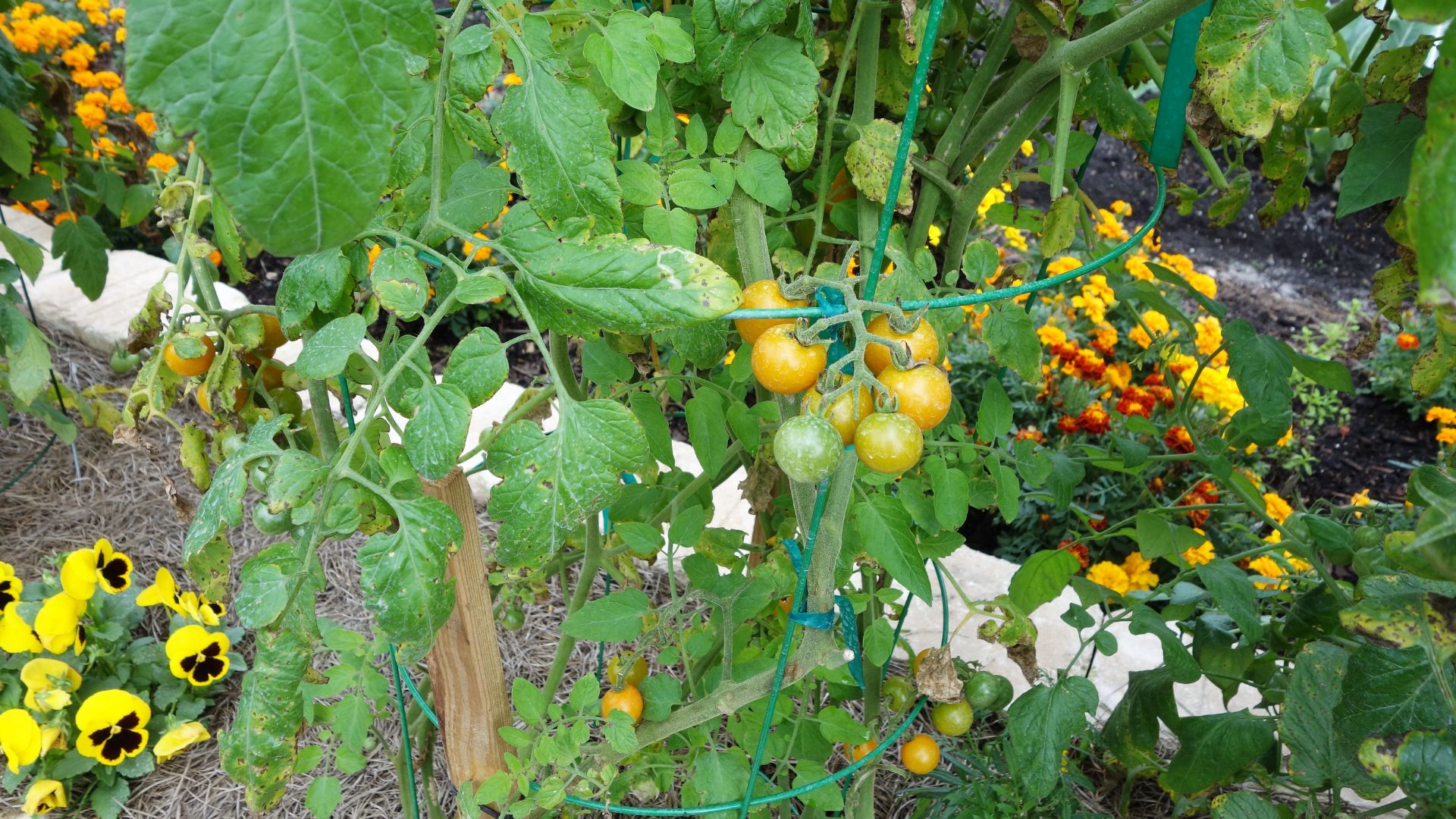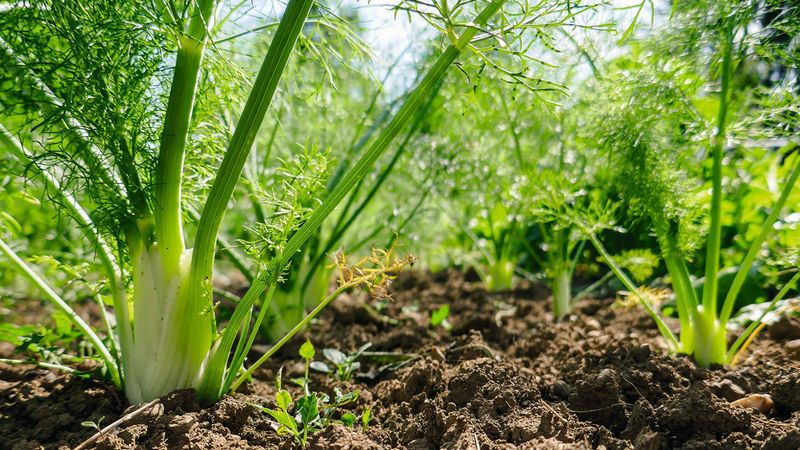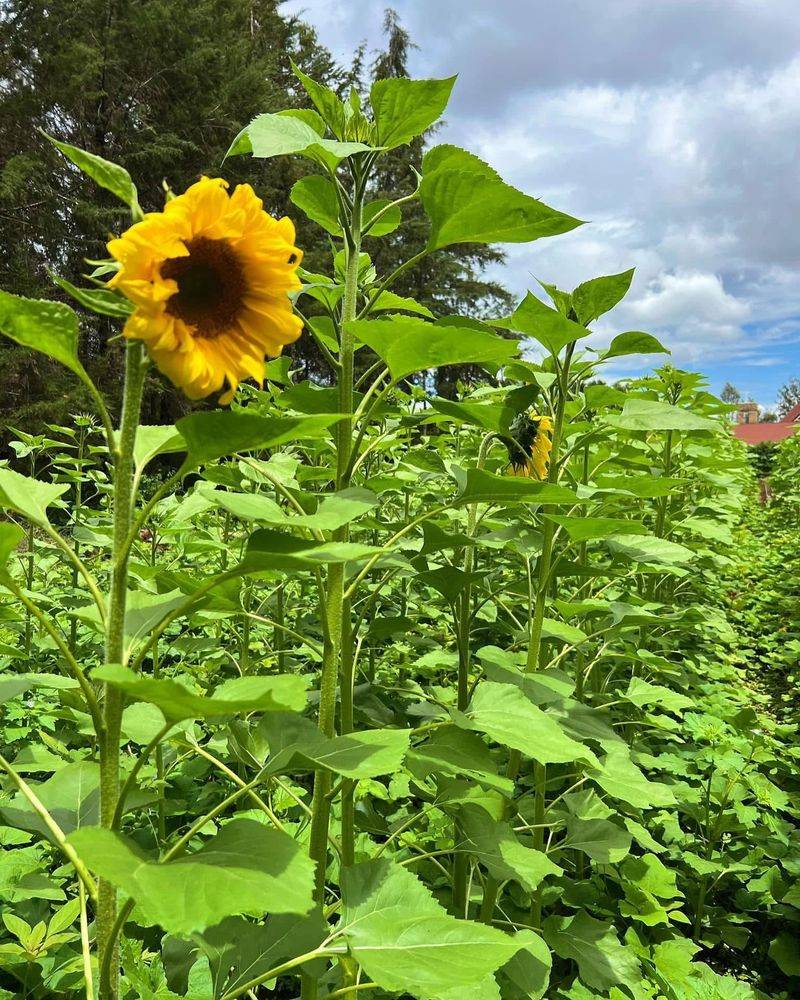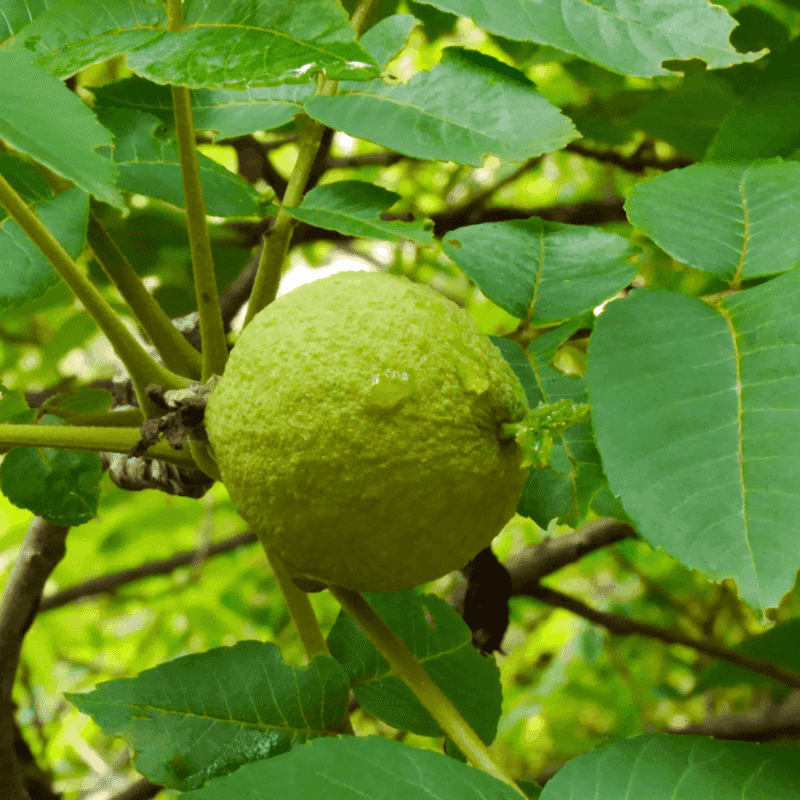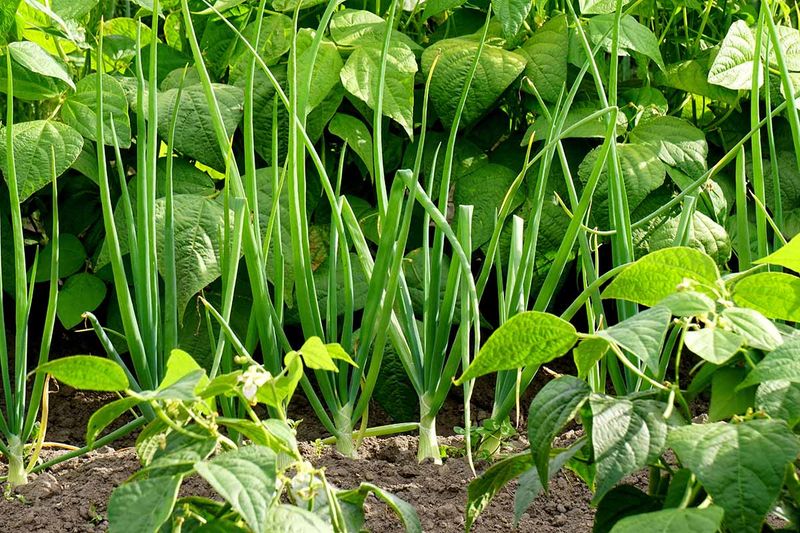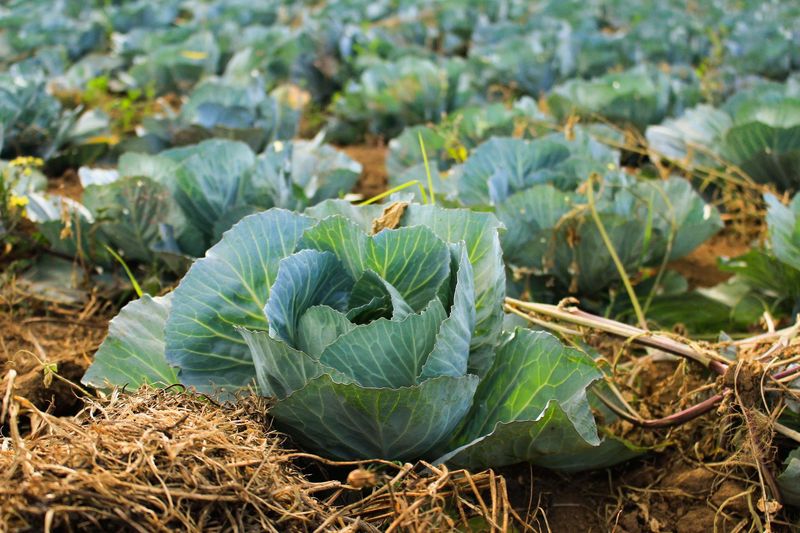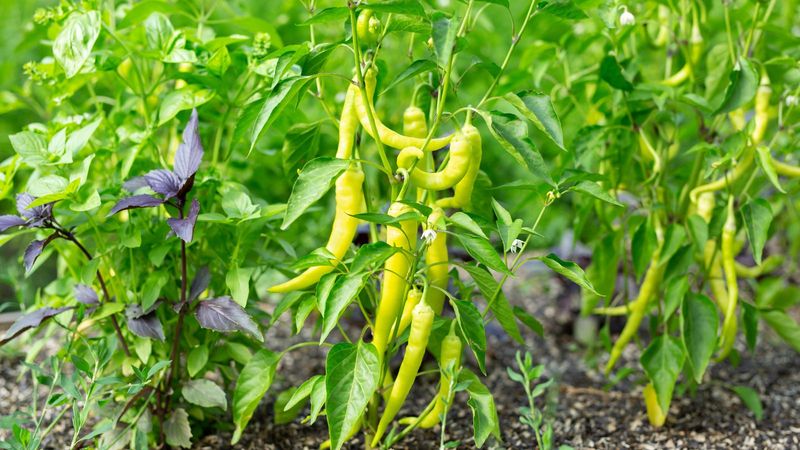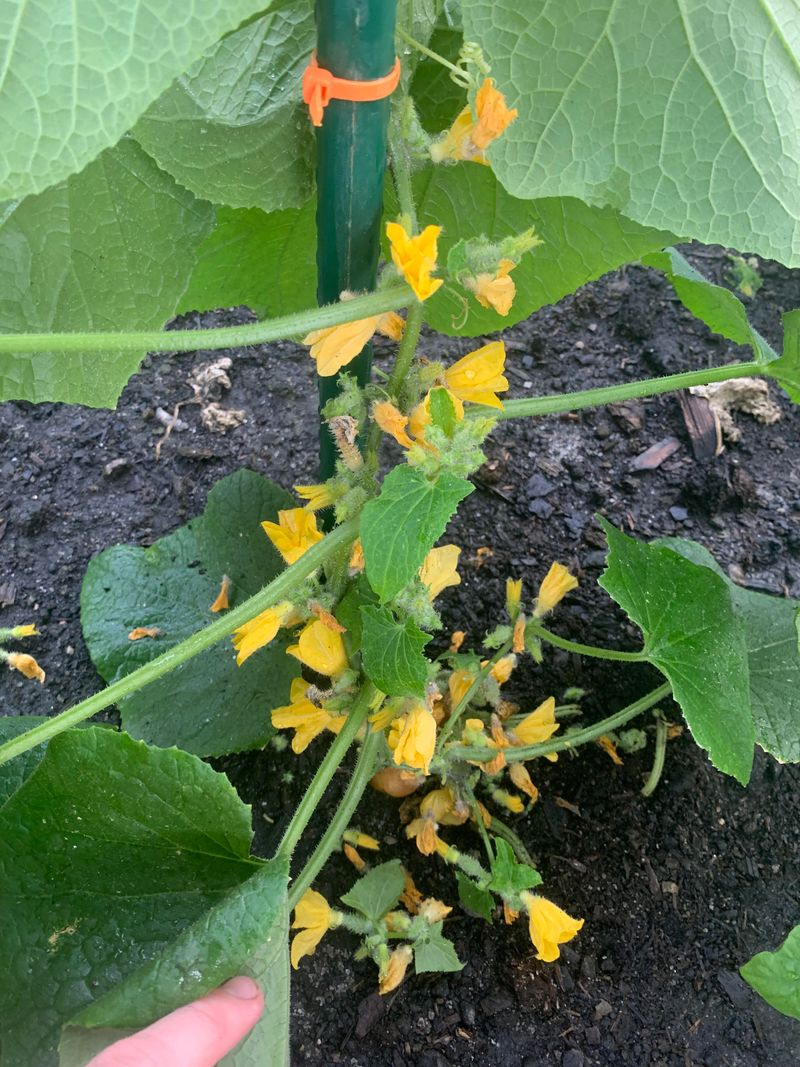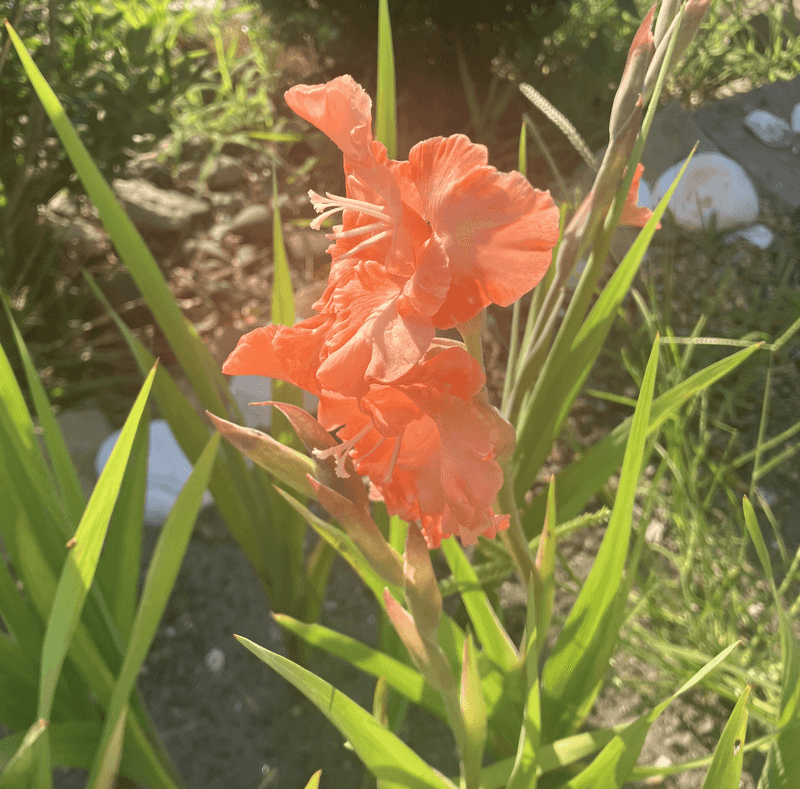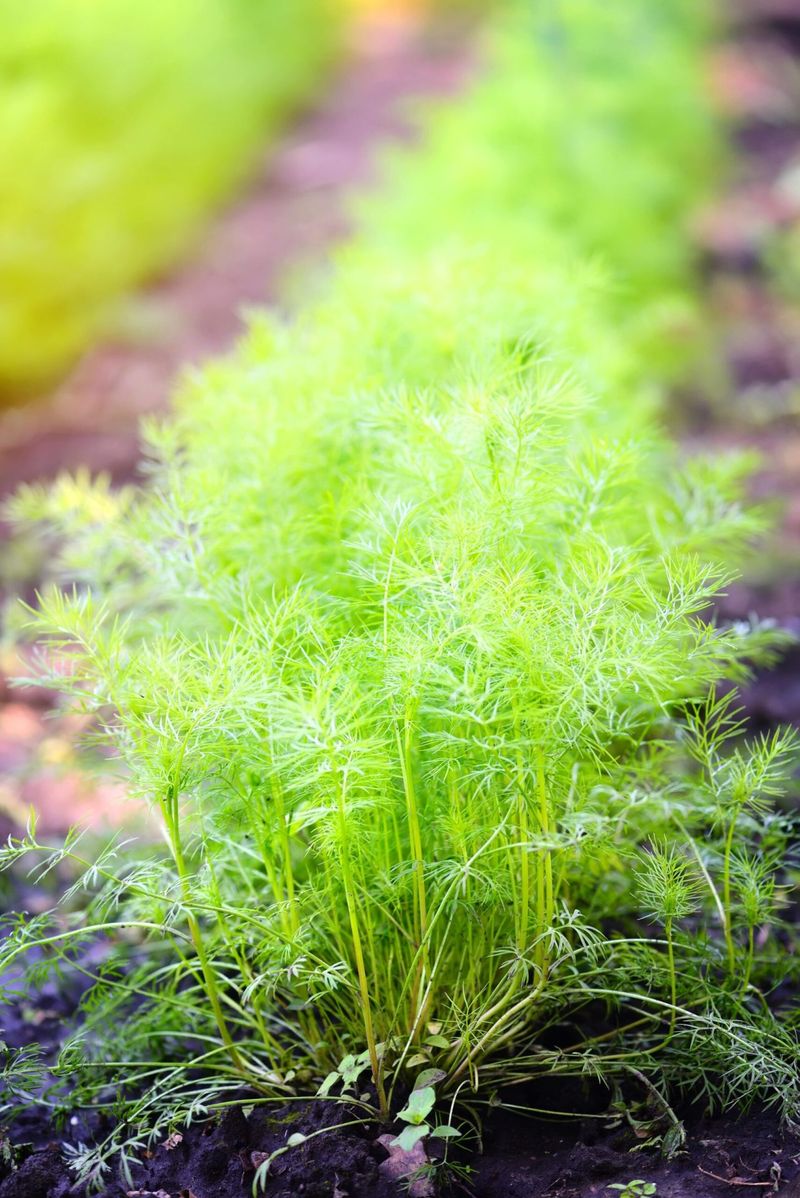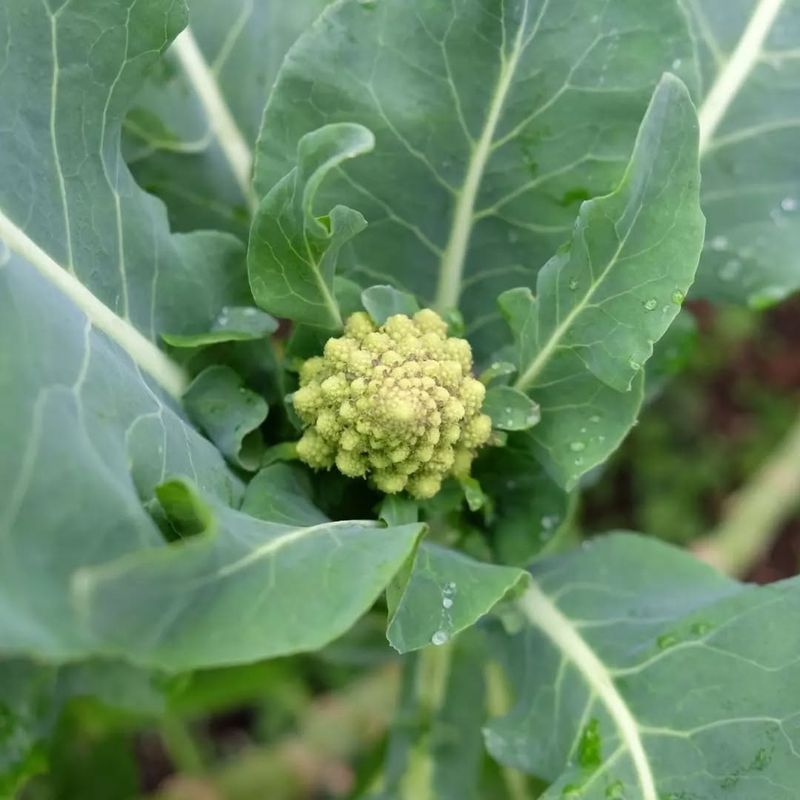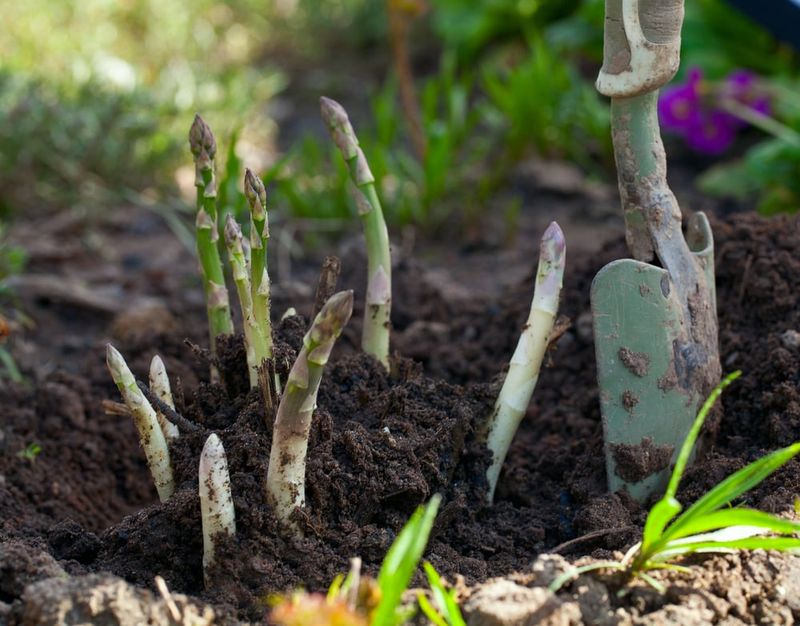Gardening seems straightforward—until you find out some plants just don’t get along. I learned this the hard way after pairing a few “innocent” neighbors that quietly stunted each other’s growth.
Some plants release chemicals through their roots or hog all the nutrients, creating a sort of underground turf war. It’s a phenomenon called allelopathy, and it can derail your garden without you even knowing.
Once I figured out which plants make terrible neighbors, things really turned around. Avoiding these toxic pairings has saved me a lot of frustration—and made my harvests way more successful.
1. Tomatoes And Potatoes: Underground Rivals
I learned this pairing was trouble after my tomato plants started yellowing despite perfect care. Both being nightshade family members, they share diseases like blight that spread rapidly when planted together. The potato beetles also happily munch on both, creating a pest buffet.
When planted together, you’ll notice stunted growth, and eventually one or both crops will fail. The competition for similar soil nutrients creates a losing situation for your harvest.
Green beans make excellent tomato companions instead. They fix nitrogen in the soil that tomatoes love, while the tomato’s slight shade helps keep beans comfortable in hot weather. My side-by-side plantings always yield better harvests than when I grow either alone.
2. Fennel: The Garden Bully
Fennel might look innocent with its feathery fronds, but it’s actually the neighborhood bully of the garden bed. It releases compounds that inhibit growth in most vegetables, especially beans, tomatoes, and peppers. My pepper plants once mysteriously failed until I realized the fennel nearby was the culprit.
When other plants grow near fennel, they often show stunted growth, poor germination, or yellowing leaves. The chemical warfare happens silently underground as fennel’s allelopathic properties suppress its neighbors.
Keep fennel in its own dedicated space away from your main garden. Dill makes a better companion for most vegetables if you want a similar feathery texture and anise-like flavor. Unlike its aggressive cousin, dill plays nicely with cabbage family plants and onions.
3. Sunflowers And Beans: A Surprising Conflict
The cheerful faces of sunflowers belie their competitive nature in the garden. They release chemicals that specifically inhibit bean plant growth – something I discovered after wondering why my beans looked so sad last summer. The tall sunflowers also cast shade that beans desperately need sun to escape.
Bean plants struggling near sunflowers develop slowly, flower poorly, and yield significantly less. Their normally vibrant green leaves often turn pale and the plants remain stunted compared to those planted elsewhere.
Nasturtiums make friendly neighbors for beans instead. Their sprawling habit doesn’t compete for light, and they actually confuse bean beetles with their peppery scent. I’ve found they attract pollinators while repelling aphids – a win-win companion that beans seem to thrive alongside.
4. Walnut Trees And Vegetables: Toxic Relationships
My neighbor’s black walnut tree taught me a harsh gardening lesson when nothing would grow in the shady spot beneath it. Walnut trees produce juglone, a powerful natural herbicide that seeps from their roots and fallen leaves. This chemical is particularly toxic to nightshades like tomatoes, peppers, and eggplants.
Plants affected by juglone wilt mysteriously, showing symptoms similar to bacterial wilt. The leaves yellow between the veins, then brown and curl before the entire plant collapses. It’s heartbreaking to watch when you don’t know the cause.
If you have walnut trees nearby, focus on juglone-resistant plants instead. I’ve had great success with beans, corn, and squash in areas affected by walnut trees. These Native American “Three Sisters” crops seem unbothered by the toxin that devastates other vegetables.
5. Onions And Beans: Underground Chemical Warfare
The first time I planted onions alongside my bean row, I couldn’t figure out why the beans struggled so badly. Turns out, onions (along with garlic and other alliums) release sulfur compounds that stunt bean growth and interfere with their ability to fix nitrogen in the soil.
Bean plants growing near onions develop slowly and produce noticeably fewer pods. You might notice the leaves staying smaller and lighter green than normal, signaling they aren’t getting enough nutrients to thrive.
Celery makes a much better neighbor for beans. Its shallow root system doesn’t compete with the beans’ deeper roots, and its strong scent actually helps deter some bean pests. Since making this switch in my garden rotation, my bean harvests have nearly doubled without changing anything else.
6. Cabbage And Strawberries: Bitter Neighbors
After noticing my strawberries tasted unusually bitter one season, I traced the problem to the nearby cabbage patch. Cabbage family plants (including broccoli and cauliflower) release chemicals that can alter the flavor of fruiting plants like strawberries when grown in close proximity.
Beyond flavor issues, strawberries growing near cabbage often produce smaller fruits and fewer runners. The heavy feeding nature of cabbage plants depletes soil nutrients that strawberries need for sweet fruit development.
The spinach benefits from the slight shade cast by strawberry leaves during summer heat, creating a mutually beneficial relationship. Its shallow roots don’t compete with strawberry plants, and it provides natural ground cover that helps retain soil moisture.
7. Peppers And Fennel: Flavor Rivals
My bell peppers developed the strangest bitter flavor the year I planted them near fennel. The licorice-scented herb doesn’t just stunt pepper growth – it actually changes their taste! The allelopathic compounds from fennel roots interfere with pepper plants’ ability to develop their characteristic sweet flavors.
Peppers planted near fennel often show twisted new growth and produce fewer, smaller fruits. The plants appear stressed with pale leaves, even when soil conditions and watering are optimal for pepper production.
Basil makes a perfect pepper partner instead. Its aromatic leaves naturally repel some pepper pests, while the slight shade peppers provide helps protect basil from scorching. I’ve noticed my peppers develop deeper flavors when grown with basil.
8. Cucumbers And Potatoes: Disease Magnets
I once made the rookie mistake of planting cucumbers and potatoes in neighboring rows. Both crops ended up with devastating fungal problems! These plants share susceptibility to similar diseases, particularly phytophthora blight, which spreads rapidly when the companions are planted together.
When grown near potatoes, cucumber vines often develop yellowing leaves that eventually turn brown and crispy. Fruit production declines dramatically as the plants struggle against the shared diseases, and what cucumbers do form often show blemishes or rot before maturity.
Corn makes a much better cucumber companion. The tall stalks provide natural trellising and partial shade during intense summer heat – something my cucumbers clearly appreciate. Since switching to this pairing, my cucumber harvests have been consistently healthier. Amazing, right?
9. Gladiolus And Peas: Flower Power Problems
My pea harvest was mysteriously poor until I realized the gorgeous gladiolus I’d planted nearby was the likely culprit. These showy flowers may look innocent, but they secrete substances through their roots that specifically inhibit the growth of legumes like peas and beans.
Pea plants growing near gladiolus struggle to form nodules on their roots – those essential little factories that help them fix nitrogen. Without these nodules, the peas grow slowly, produce fewer flowers, and ultimately yield a fraction of their potential harvest.
Sweet alyssum makes a much better companion for peas in my garden beds. This low-growing flower attracts beneficial insects that help pollinate pea blossoms while deterring some common pests. The carpet of white blooms also helps keep soil cool and moist around pea roots during warm spring days.
10. Dill And Carrots: Unwelcome Relatives
My first attempt at growing dill and carrots together was a complete failure. Being related (both in the Apiaceae family), they compete for the same resources and attract the same pests. The dill actually stunts carrot root development while carrot tops struggle to compete with fast-growing dill.
Carrots planted near dill typically develop forked, hairy roots instead of the smooth, straight ones we desire. The carrot flavor also becomes oddly bitter, making them less appealing for fresh eating. Additionally, both plants attract the same pests, creating a concentrated feeding ground.
Onions make ideal carrot companions instead. Their strong scent confuses the carrot root fly, while their vertical growth habit doesn’t shade the developing carrot tops. My garden rows now alternate carrots and onions, creating natural pest protection while maximizing space.
11. Mint And Other Herbs: Territorial Takeover
The mint patch that overtook my herb garden taught me a harsh lesson about this aggressive plant. Mint releases chemicals that inhibit the germination and growth of nearby herbs, particularly basil, chamomile, and parsley. Its invasive root system also physically crowds out less aggressive neighbors.
Herbs planted near mint often show stunted growth and reduced essential oil production, resulting in less flavorful leaves. The plants simply can’t compete with mint’s aggressive nature and chemical warfare tactics.
Chives make much better herb garden companions. Their clumping growth habit stays contained, while their onion scent naturally deters aphids that plague other herbs. I’ve found my basil and parsley thrive alongside chives, with the vertical blooms adding beauty while attracting pollinators that benefit the entire herb garden.
12. Broccoli And Tomatoes: Nutrient Competitors
My ambitious spring garden plan backfired when I planted broccoli starts near my tomato seedlings. Both are heavy calcium feeders, creating underground competition that left my tomatoes with blossom end rot despite regular feeding.
When grown together, tomatoes often develop nutrient deficiencies indicated by yellowing leaves and fruit problems. Broccoli growth slows significantly as well, producing smaller heads that bolt quickly in response to the stress of competition.
Nasturtiums make excellent tomato companions instead. Their peppery scent confuses tomato hornworms and aphids, while their sprawling habit provides living mulch that keeps soil moist. Since separating my brassicas from nightshades, both plant families produce better harvests with fewer pest problems.
13. Garlic And Beans: Chemical Interference
After planting garlic alongside my bean row one spring, I was disappointed to find the beans produced only a handful of pods despite healthy-looking plants. Like its allium relatives, garlic releases sulfur compounds that interfere with bean growth and nitrogen fixation.
Bean plants growing near garlic often develop normally at first but produce significantly fewer flowers and pods. The interference happens primarily underground, where the beans’ nitrogen-fixing bacteria are suppressed by garlic’s natural chemical defenses.
Marigolds make much better bean companions in my garden. Their roots release compounds that deter nematodes and other soil pests that attack bean roots. The bright flowers also attract pollinators that help increase bean pod set. My bean harvests improved after making this simple companion planting switch.
14. Roses And Grapes: Beauty Vs. Bounty
The beautiful climbing rose I planted near my grape arbor created an unexpected battle for dominance. Both plants are susceptible to similar fungal diseases like black spot and powdery mildew, which spread rapidly between them during humid weather. My grape harvest suffered noticeably that season.
When these plants grow nearby, disease pressure intensifies for both. The dense foliage creates humid microclimates that fungal spores love, while competition for soil nutrients leads to weakened plants that can’t effectively fight off infections.
Geraniums (Pelargoniums) make much better rose companions. Their strong scent naturally repels Japanese beetles that plague roses, while their different growth habit doesn’t compete for light or nutrients. Since planting scented geraniums near my roses, I’ve noticed fewer pest problems and healthier foliage.
15. Asparagus And Onions: Root Zone Conflicts
My established asparagus bed produced noticeably thinner spears the year I interplanted onions to maximize space. Asparagus has an extensive, shallow root system that onions directly compete with, creating underground stress that affects both crops.
Asparagus growing near onions often produces fewer, thinner spears as the plants struggle for resources. Onion bulbs also develop smaller and less uniformly when fighting with asparagus roots. Neither plant can express its full potential in this competitive pairing.
Parsley makes a wonderful asparagus companion instead. Its tap root grows deeper than asparagus’s shallow root system, avoiding direct competition. I’ve found this pairing particularly useful since parsley attracts beneficial wasps that help control the asparagus beetle – a natural pest management solution.

